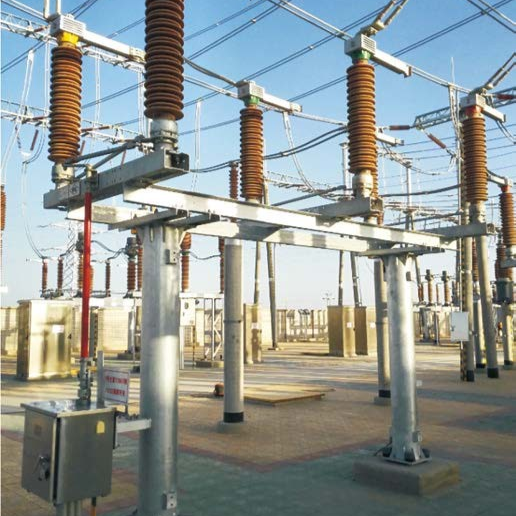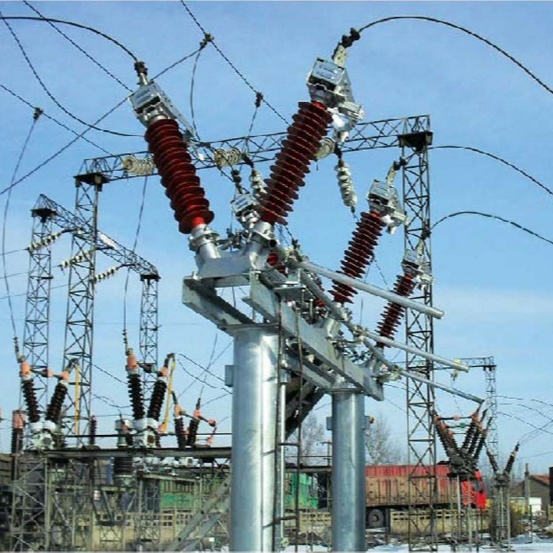Integrated Bio-Protection Solution for High Voltage Disconnect Switches in Indonesia: Combating Mold & Insect Infestation

1. Project Background
Indonesia's equatorial climate (humidity >80%, temperature 25-32°C) imposes extreme challenges on electrical infrastructure, especially High voltage Disconnect Switches used in transmission networks. Key risks include:
1.1 Biological Erosion
- Mold: Degrades insulation in High voltage Disconnect Switch housings, increasing leakage currents.
- Insects: Termites/booklice infiltrate gaps ≥0.2mm in switch enclosures, causing mechanical jams or cable damage.
1.2 Infrastructure Demand
National projects (e.g., Jakarta-Surabaya High-Speed Rail) require ultra-reliable power systems. Traditional High voltage Disconnect Switch gear in Sumatra/Kalimantan shows 40% higher failure rates, escalating maintenance costs.
2. Solution
2.1 Material Innovation for High voltage Disconnect Switch
|
Component |
Material Solution |
Protection Mechanism |
|
Encapsulated Pole Units |
BASF Ultramid® PA/PBT |
Anti-fungal agents inhibit mold on High voltage Disconnect Switch insulation; high-density structure blocks insects |
|
Sealing Structure |
Silicone filler + Metal mesh |
≤0.1mm gap precision prevents insect entry into High voltage Disconnect Switch cabinets |
|
Surface Coating |
Nano hydrophobic layer |
Reduces moisture retention on High voltage Disconnect Switch surfaces, disrupting mold habitat |
2.2 Structural Protection for High voltage Disconnect Switch
- Moisture-Control Ventilation:
Humidity sensors (>65% RH trigger) maintain internal humidity ≤50% in High voltage Disconnect Switch cabinets, preventing condensation-induced failures. - Modular Design:
Snap-fit components enable rapid cleaning of insect remains/mold in High voltage Disconnect Switch, cutting downtime by 60% .
2.3 Environmental Adaptation of High voltage Disconnect Switch
- Coastal Areas: 316L stainless steel frames + chrome plating boost salt corrosion resistance by 60% for coastal High voltage Disconnect Switch installations .
- Thermal Management: Enhanced heat sinks limit temperature rise to ≤40K at 50°C ambient, critical for High voltage Disconnect Switch stability .
2.4 Intelligent High voltage Disconnect Switch Monitoring
- Biosensors track real-time mold/insect activity inside switches, syncing data to cloud platforms.
- Predictive maintenance auto-generates work orders (e.g., coating replenishment) for High voltage Disconnect Switch units .
3. Achieved Results
3.1 Performance Enhancement
- Mold growth ↓90%; insulation resistance >1000 MΩ (vs. 200 MΩ in traditional High voltage Disconnect Switch).
- Insect-induced failures ↓ from 5.3 to 0.2/year/unit.
3.2 Lifecycle Cost Optimization
|
Indicator |
Traditional High voltage Disconnect Switch |
This Solution |
|
Maintenance |
4 times/year |
1 time/year |
|
Lifespan |
8-10 years |
15+ years |
|
Recyclability |
<30% (Thermoset) |
>85% (Thermoplastic) |
3.3 Local Industry Impact
- Localized production in Gresik Economic Zone (East Java) for High voltage Disconnect Switch assembly.
- Adopted into PLN’s Tropical High-Voltage Equipment Standards.













